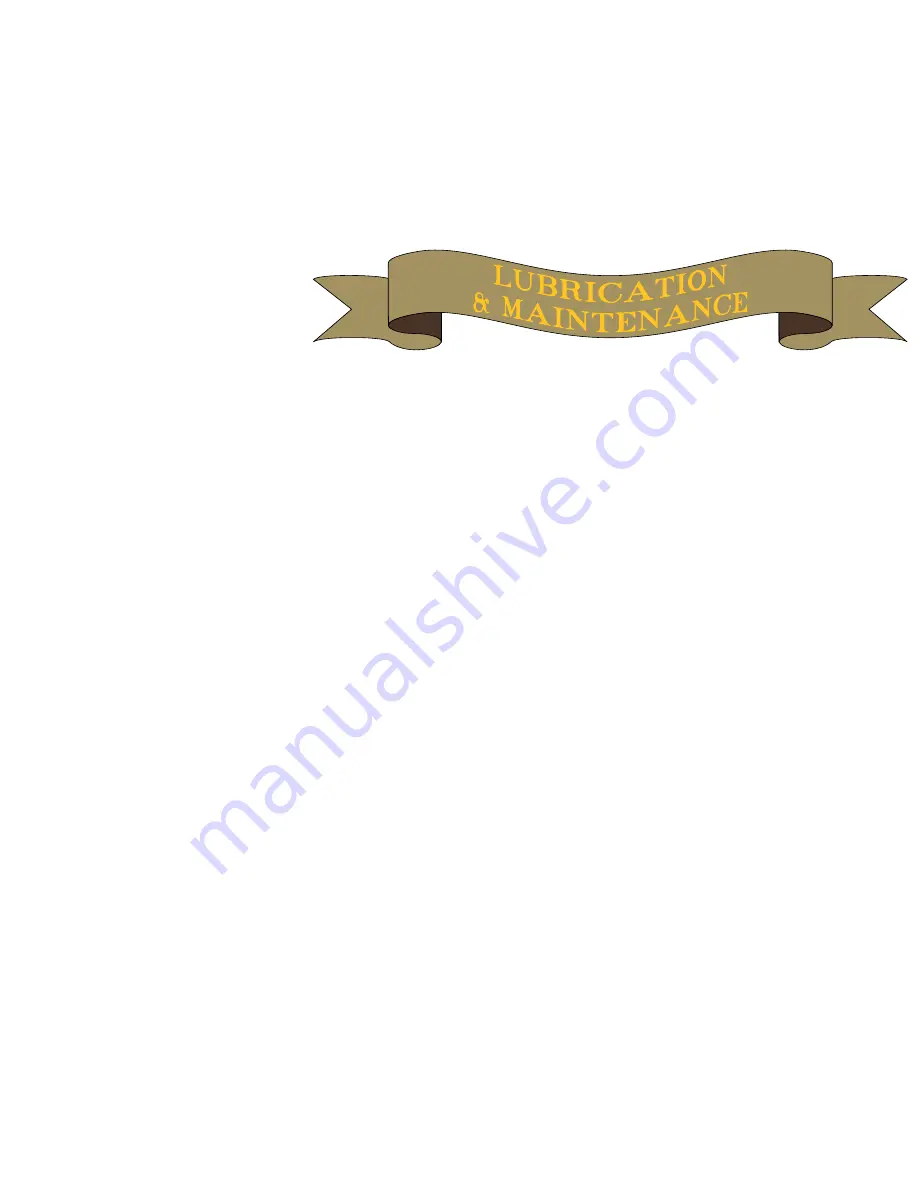
CV29 for a 2 digit address, or a value of “34” in CV29 for
a 4 digit address.
3.
Locomotive idles but does not move or respond to func-
tions.
Make sure you did not program the locomotive into
an advanced consist, [CV #19]. In your DCC system’s “Pro-
gram CV Mode”, input a value of “0” into CV #19.
4. Any misguided programming of values in the DCC mode
can cause a decoder to malfunction. Always try to first set
the decoder back to it’s factory defaults by using CV #125.
If this does not work, try programming the following CV’s
with the following values; CV1=3, CV17=0, CV18=0,
CV19=0, CV29=2. If this does not work, try running the
locomotive in the Analog D.C. Mode. If the locomotive runs
in analog, chances are it will run in the DCC Mode, but the
programming of the decoder is way off.
5. Reset the decoder in the Analog DC Mode. Perform the
following steps using a DC power pack:
1. Turn power packs on/off switch to on.
2. Slowly bring up throttle until you hear hissing/idling
sounds.
3. Leaving throttle in it’s position, turn power switch off.
4. Hold down program button, [#6/STP], on transmitter
while turning power switch back on. You will hear decod-
er say “Program”. Release transmitter button, decoder will
say “Program” again. This confirms you are in the analog
DC program mode.
5. Wait 2 seconds, press the program button, [#6/STP], again
and listen for “Program”.
6. Perform step #5 four more times, [total of 5 times].
7. After you hear the decoder say “Program” after the 5th
time, you will hear a steam release. This will confirm that
the decoder has been reset to it’s factory defaults, [for both
DC and DCC modes].
8. Try running the locomotive again on DCC.
9. Sometimes you may simply turn your power supply off
and on again, and the locomotive will run again,
10. If you are still having trouble with your Big Boy contact
Athearn Trains for further assistance.
Lubrication and Maintenance of the Genesis
TM
4-8-8-4 Big Boy
The Genesis
TM
Big Boy Locomotive has been carefully engi-
neered to provide years of trouble free operation. However, as
with all things mechanical, a small amount of care and main-
tenance is required to insure the flawless operation of this fine
model. These simple procedures will provide the necessary
information to give you years of trouble-free enjoyment.
Care and Cleaning
Dust and debris are among the leading contributors to poor
operation of any miniature mechanism. To maintain the qual-
ity performance of your locomotive, inspection and cleaning
should be performed on a regular basis. A soft bristle brush
should be used to remove dust from the superstructure. The use
of soaps, solvents or detergents is not recommended for this
purpose as they will have a tendency to mar the finish.
When not in use it is recommended that the locomotive and
tender be stored in the protective sleeve in which it was
packed. Also, store the wireless controller in the locomotive
box with the battery removed.
When inspecting the underframe, make sure that all lint and
dust are removed from the back of all wheel sets. Dirt build up
in this area will foul the pick-up wipers and not allow proper
electrical contact, negatively impacting performance.
Wheel Cleaning
The Genesis
TM
Big Boy Locomotive receives electric power
from all drivers as well as eight of the tender wheels from both
rails. This, coupled with the long overall wheelbase, provides
for excellent electrical contact. There should be few cases of
erratic performance due to poor contact. However, over time,
dirt from the rails will accumulate on the wheel surfaces and
will need to be removed to assure peak operation. The use
of a cotton swab to apply either alcohol or a good quality
track cleaning solution is recommended. Carefully apply the
solvents, taking care not to spill any on the painted surfaces.
Alternatively, either an ink eraser or ‘Bright Boy’ abrasive
block can be used to remove dirt deposits by carefully burnish-
ing the wheel surfaces. When cleaning the wheels, also remove
any dirt build up from the metal surfaces on the back rims of the
wheels. This will assure that the wiper contacts will maintain good
contact with the wheels.
Lubrication
This locomotive will arrive pre-lubricated from the factory
and will not need additional lubrication until it has been run
for quite some time. When it comes time to lubricate the
locomotive, use only light weight oil and gear grease that is
plastic compatible
. Use a minimum amount. The plastics used
for many of the components, such as the gears and drive lines,
make them inherently self lubricating. Remember that too
much lubrication can be more detrimental to the locomotive
than too little.
The main points of lubrication, and type of lubricant are as
follows:
• Axle bearings on the drivers – light oil
• Armature bearings on the motors – light oil
• Oil light bearings on the worm gear shafts – light oil
• Bearings on the centipede tender wheels – light oil
• Side rods at the crank pins – light oil
• Gear towers – light gear grease
By following the exploded drawings, access to each of these
areas should be easily accomplished. If you are not comfort-
able with disassembling this locomotive for lubrication take
it to one of the many Model Railroad hobby shops that can
provide this service.
Smoke Unit Installation
The Genesis
TM
Big Boy Locomotive is designed to accept
Seuthe #9 or #10 smoke generator units. These are not pro-
vided with the locomotive and may be added by the pur-
Содержание BIG BOY 4005
Страница 1: ...BIG BOY 4 8 8 4...
Страница 18: ...Athearn 1550 Glenn Curtiss Street Carson CA 90746 www athearn com...




































